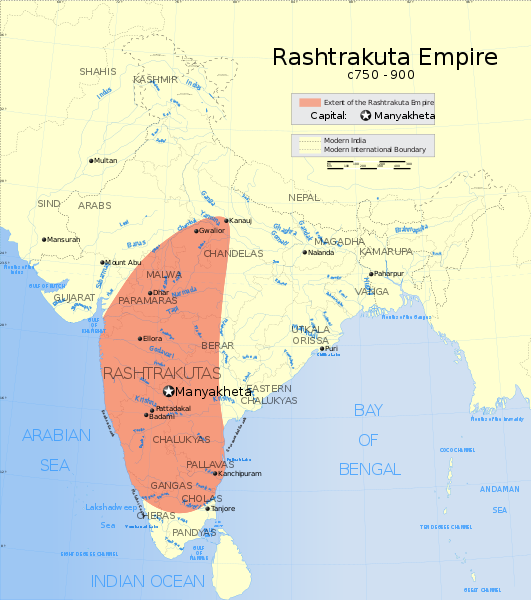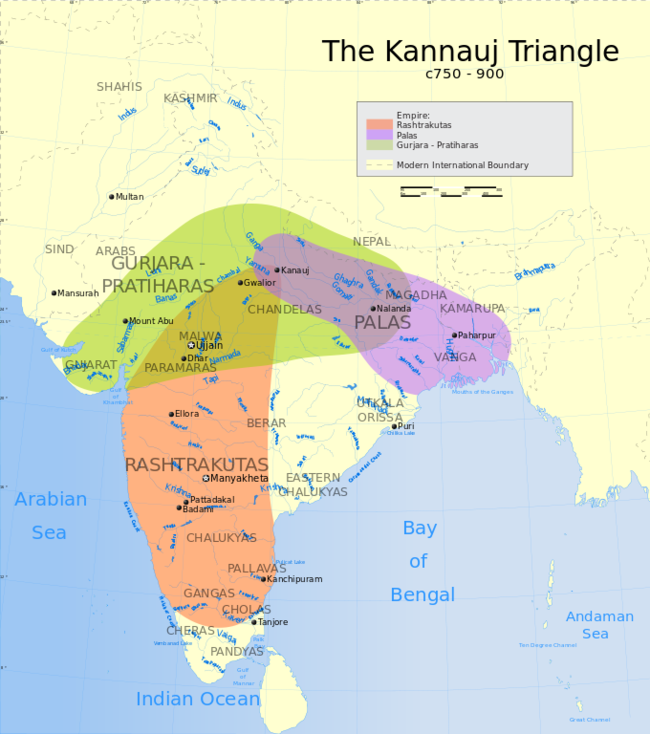| REASONS
FOR COMING TO NAIMISARANYA |
8. Reasons for coming to Naimisaranya :
The basic question which comes in our mind is why our Ancestors chose Naimisaranya? For this we will have to go into history of Naimisaranya and the Sages connected to it. There is a specific reason for choosing this place.
Naimisaranya comes in Uttar Pradesh hence we will have to first know the history of Uttar Pradesh. Uttar Pradesh was also known as Kannauj in past.
Ancient historical past of Kannauj with Iran
Pahlavi-Sassanid Origin of The Mewar Kings :The geneaological roles of the Rajput kings themselves reveal their Scythic origins, rendering all Brahmanic Puranic myths as fantasies.
"Various authorities state Byramgor [ Behram Gur ] being in India in the fifth century, and his having there left progeny by a princess of Kanouj. A passage extracted by the author from an ancient Jain MS., indicates that in "S.523, Raja Gardha-bhela, of Cacustha, or Suryavansa, ruled in Ballabhipura". It has been surmised that Gardhabhela was the son of Byramgor, a son of whom is stated to have obtained dominion at Puttun; which may be borne in mind when the authorities for the Persian extraction of the Rana's family are given."
-- [ Met.196 ]
Indeed, the word `Gor' clearly indicates the true origin of these people :
"Gor and Gardha have the same significance, the first in Persian, the second in Hindi, meaning the wild ass, a appelation of the Persian monarch Bahram, surnamed Gor from his partiality to hunting that animal" [ Met.196 ], whence his son would naturally have been named Gardha-bhela."
Our Ancestors knew the Iran link to India because of Behram Gur and his wife of Kannauj.
For further information on Behram Gor and other information Click here Link - 1 and Link - 2.
Uttar Pradesh History :
The history of Uttar Pradesh the Northern Indian state, stretches back technically to its formation on 1 April 1937 as the North-Western Provinces of Agra and Awadh, but the region itself shows the presence of human habitation dating back to between 85,000 and 73,000 years ago. The region seems to have been domesticated as early as 6,000 BC.
The early modern period in the region started in 1526 after Babur invaded the Delhi Sultanate, and established the Mughal Empire covering large parts of modern Uttar Pradesh. The remnants of the Mughal Empire include their monuments, most notably Fatehpur Sikri, Allahabad Fort, Agra Fort, and the Taj Mahal.
The region was the site of the Indian Rebellion of 1857, with revolts at Meerut, Kanpur, and Lucknow. The region was also a site for the Indian Independence movement with the Indian National Congress.
After independence in 1947, the United Provinces were renamed Uttar Pradesh in 1950.
In 2000, the state of Uttarakhand was carved out from Uttar pradesh.
Prehistory :
Archeological finds have indicated the presence of Stone Age Homo sapiens hunter-gatherers in Uttar Pradesh between around 85 and 73 thousand years old. Other pre-historical finds have included Middle and Upper Paleolithic artifacts dated to 21–31 thousand years old and Mesolithic / Microlithic hunter-gatherer's settlement, near Pratapgarh, from around 10550–9550 BC. Villages with domesticated cattle, sheep, and goats and evidence of agriculture began as early as 6000 BC, and gradually developed between c. 4000 and 1500 BC beginning with the Indus Valley Civilization and Harappa Culture to the Vedic period; extending into the Iron Age.The kingdom of Kosala, in the Mahajanpad era, was located within the regional boundaries of modern-day Uttar Pradesh. According to Hindu legend, the divine king Ram of the Ramayan epic reigned in Ayodhya, the capital of Kosala. Krishna, another divine king of Hindu legend, who plays a key role in the Mahabharat epic and is revered as the eighth reincarnation (Avatar) of the Hindu god Vishnu, is said to have been born in the city of Mathura, in Uttar Pradesh. The aftermath of the Mahabharat yuddh is believed to have taken place in the area between the Upper Doab and Delhi, (in what was Kuru Mahajanpad), during the reign of the Pandav king Yudhishthir. The kingdom of the Kurus corresponds to the Black and Red Ware and Painted Gray Ware culture and the beginning of the Iron Age in North-west India, around 1000 BC.
Middle Kingdoms (c. 200 BCE – c. 1200 CE) :
Most of the invaders of south India passed through the Gangetic plains of what is today Uttar Pradesh. Control over this region was of vital importance to the power and stability of all of India's major empires, including the :Maurya (320–200 BC),
Kushan (100–250 CE),
Gupta (350–600 CE) and,
Gurjara-Pratihara (650–1036 CE) empires *
Following the Huns invasions that broke the Gupta empire, the Ganges-Yamuna Doab saw the rise of Kannauj.During the reign of Harshvardhan (590–647), the Kannauj empire reached its zenith. It spanned from Punjab in the north and Gujarat in the west to Bengal in the east and Odisha in the south. It included parts of central India, north of the Narmada River and it encompassed the entire Indo-Gangetic plain. Many communities in various parts of India claim descent from the migrants of Kannauj. Soon after Harshvardhan's death, his empire disintegrated into many kingdoms, which were invaded and ruled by the Gurjara-Pratihara empire, which challenged Bengal's Pala Empire for control of the region.
Kannauj was several times invaded by the south Indian Rashtrakut Dynasty from the 8th century to the 10th century.
Rashtrakut Empire
Gurjar-Pratihar :
The Rise of an Imperial Power - Defeat of the Arabs - Gurjar Pratihar - Medieval India (Bharat)
Raja Mihir Bhoj - Rise of an Imperial Power - Gurjar Pratihars - Medieval India (Bharat)
Rise to Fall Gujara Pratihar Empire
Gurjar-Pratihar (650–1036 CE) Empire :
Extent of the Pratihar Empire Shown in Green
For us this period is very important because in 993 AD we came to Siddhpur (Gujarat State) from Naimisaranya Uttar Pradesh and this was the time when Gurjar-Pratihar ruled Uttar pradesh.
Gurjar-Pratihar are Agni Vanshi Rajputs and possibly a branch of Surya Vanshi.
To connect the dots we need to check who Gurjar-Pratihar were and their history.
Click here to know about Gurjar-Pratihar dynasty.
Reasons for coming to Naimisaranya :
1. 2. 3. 5. Reasons for leaving Naimisaranya and going to Siddhpur in Gujarat State :
2. 3. Mulraj Solanki was also Agni Vanshi Rajput (saka) and since we had natural alliance with them we migrated to Siddhpur in Gujarat State because of Uttar Pradesh being under turmoil and attacks, 4. Gujarat was also ruled by Gurjar-Pratihars under Mulraj Solanki and he was very powerful King, 5. To know about Gurjar Desh and Gujarat under Gurjar-Pratihar Click here and,

